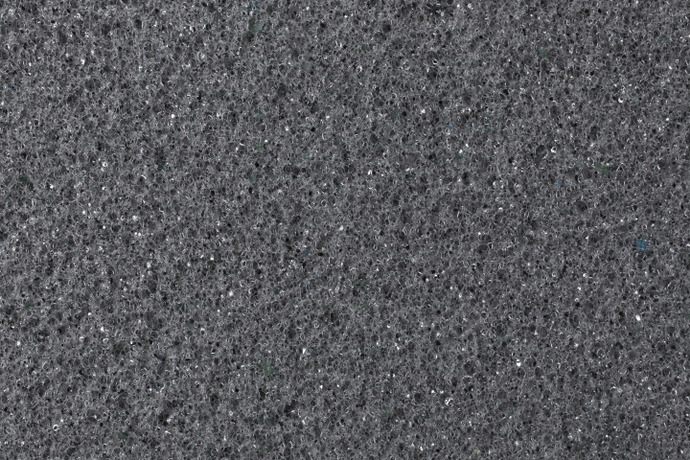
The Future Of Foam
T&N TeamWhen we started Tuft & Needle five years ago, our goal was to disrupt the mattress industry by offering a straightforward and honest product customers could buy online and try in their homes.
One of the biggest problems we saw within the industry was the lack of transparency when shopping for a mattress. What’s the difference between foam and latex? What’s inside your mattress? How can you tell the difference between necessary support and flashy, unclear marketing terms?
To find the answers, we spent a lot of time pulling mattresses apart. Looking through the layers of marketing and jargon, we discovered what really makes up a bed and what is just fluff.

Memory Foam
A few years after NASA put a man on the moon, they came up with a foam that could help make that journey safer. Memory foam became a popular mattress component in the 1980s because of its ability to conform to the contours of the human body. These qualities make memory foam excellent for providing pressure relief and comfort. However, even with advances in foam technology, there are a few drawbacks associated with memory foam.
Primarily, it tends to offer little resistance and support. The material breaks down with body heat, creating pressure relief but also creating body impressions and indentations. Additionally, because of the structure of the foam, it’s easy for heat to become trapped. While most companies have started adding gel and other cooling ingredients, memory foam has the reputation of sleeping hot.
Pros – Pressure relief, contours to your body Cons – Sleeps hot, can develop permanent impressions over time

Latex
Used in mattresses since the 1930s, latex is derived from rubber trees but can now be created from petrochemicals. The first latex foam was supposedly created when someone used a kitchen mixer to whip up the rubber “milk,” adding moisture and air to the mixture. Because it can be recreated synthetically, many companies opt to use man-made latex over the real stuff.
For mattresses, latex offers a lot of bounce and support in addition to being breathable. However, for sleepers all that bounce comes at the expense of pressure relief. Latex foam isn’t able to contour to the body in the same way poly-based foams can. On the flip side, latex mattresses never need to be rotated.
Pros – Supportive, Breathability, Bounce, Durability Cons – Lacks pressure relief, Can be expensive

T&N Adaptive® Foam
Rather than rely on foam materials that were developed in the past, we decided to create our own top layer. We wanted to take the best of both worlds and combine pressure relief with durability, but also ensure it slept cool.
So we created Tuft & Needle Adaptive Foam®. It contours but bounces back quickly to avoid body impressions and wicks heat and moisture away. We designed it to give all the needed pressure relief and support but without any of the drawbacks of memory foam and the price tag of latex.
If you’d like to learn more about our mattress foam, click here.
Pros – Pressure relief, Support, and Breathability Cons – New to the market



